Onions and shallots form a bulb when the temperature and the number of daylight hours hit the right combination, which triggers their clock. Until that happens, they use daylight to produce a good deal of top growth before they form bulbs (and the more top growth, the bigger the bulb).
When the daylight reaches the right number of hours for that variety of onion or shallot, it will stop forming top growth, and form a bulb instead. The size of the bulb that eventually forms depends on the size of the "stalks", and the number of them. There will be one ring in the onion or shallot for every stalk that is formed, and the larger the stalk, the larger each ring will be. Bulb formation will pause, though, during dry, very hot or very cold weather.
Watering
In the spring, there is rarely the need to water newly planted sets. However, in dry spells later on in the summer and autumn, new plantings of overwintering onion and shallot sets should be watered in after planting. You should water them if the weather is dry, but not otherwise. You should stop watering once the onions or shallots have swollen and pull back the covering earth or mulch to expose the bulb's surface to the sun.
Feeding
You should feed your onion and shallot plants occasionally with a nitrogen-rich fertiliser (you can find onion, shallot, and garlic fertiliser in our shop). You should feed an autumn-sown crop with a liquid fertiliser in March.
<h3>Mulching</h3>
Mulching your onion and shallot sets is useful for cutting down watering and suppressing weeds. This can be done with a thick layer of shredded leaves, grass clippings or clean straw.
Weeding
The area you grow your onions or shallots should be weeded frequently, as onions don’t grow as well when surrounded by competing plants, leading to a smaller bulb size. To avoid damage to the bulbs, it is best to weed by hand.
Removing Flower Stems
You should break off any flower stems which appear, as this will impact the growth of the bulb and the ability to store them.

 How to Grow Onion and Shallot Sets
How to Grow Onion and Shallot Sets

 Ground Prep
Ground Prep

 How to Plant Onion and Shallot Sets
How to Plant Onion and Shallot Sets

 Plant Care
Plant Care

 Harvesting
Harvesting

 Problems
Problems

How to Grow
Ground Preparation
Planting
Plant Care
Harvesting
Problems








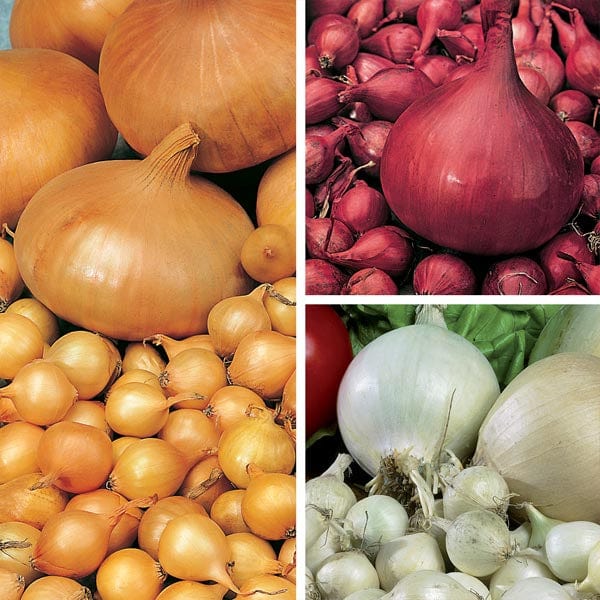

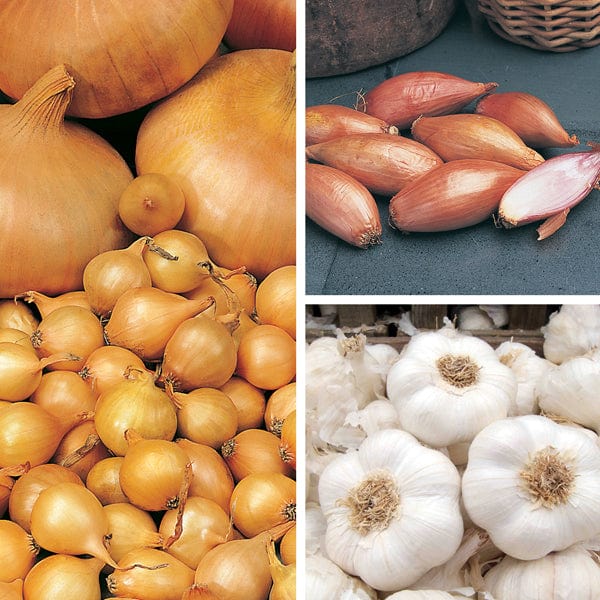

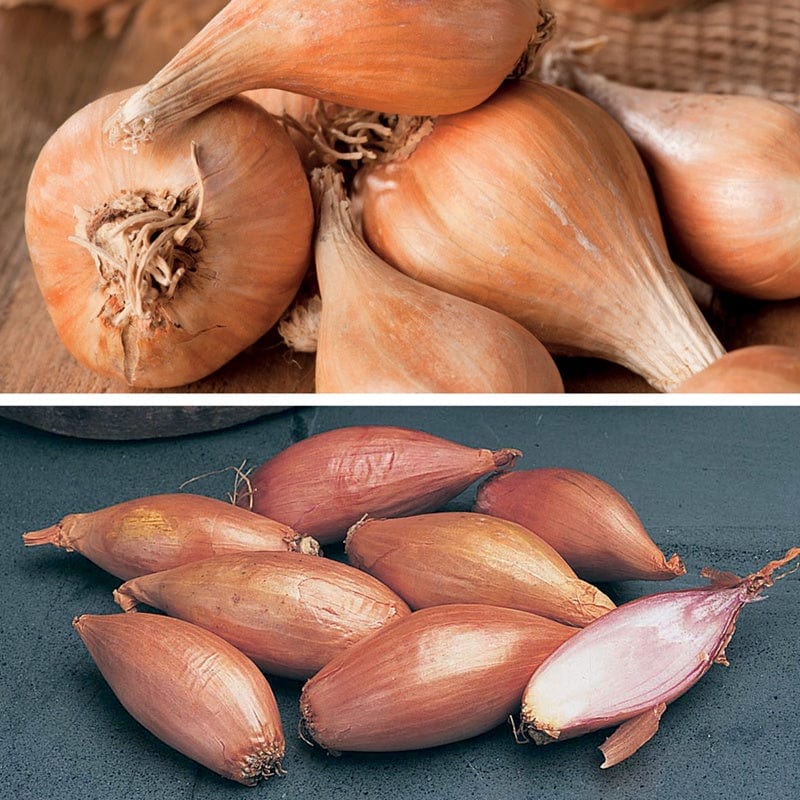
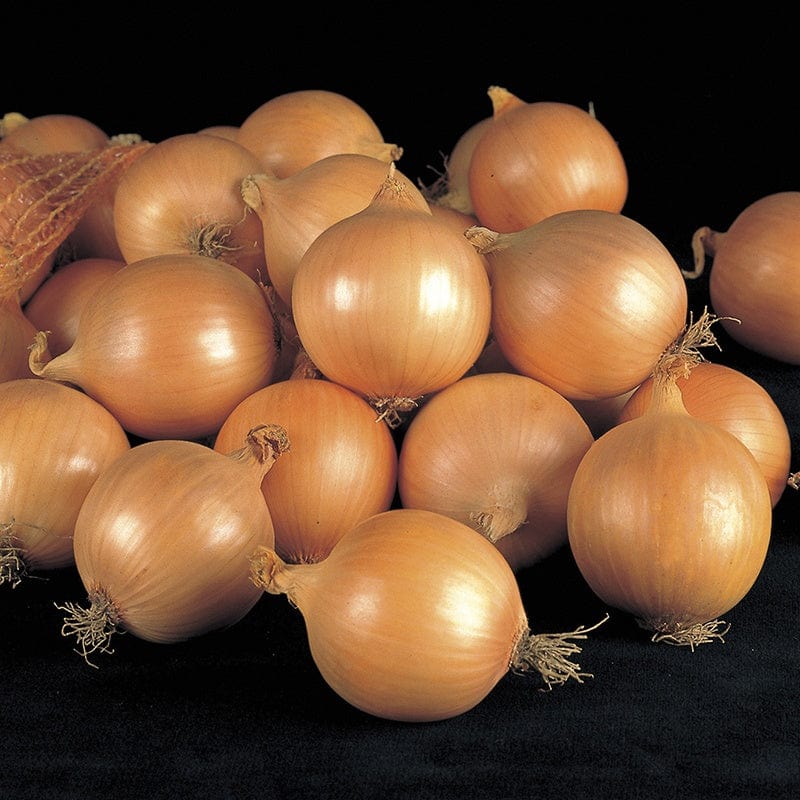
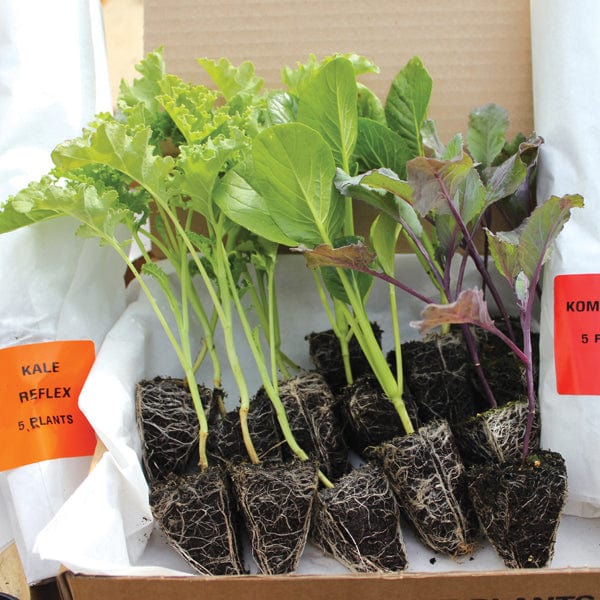

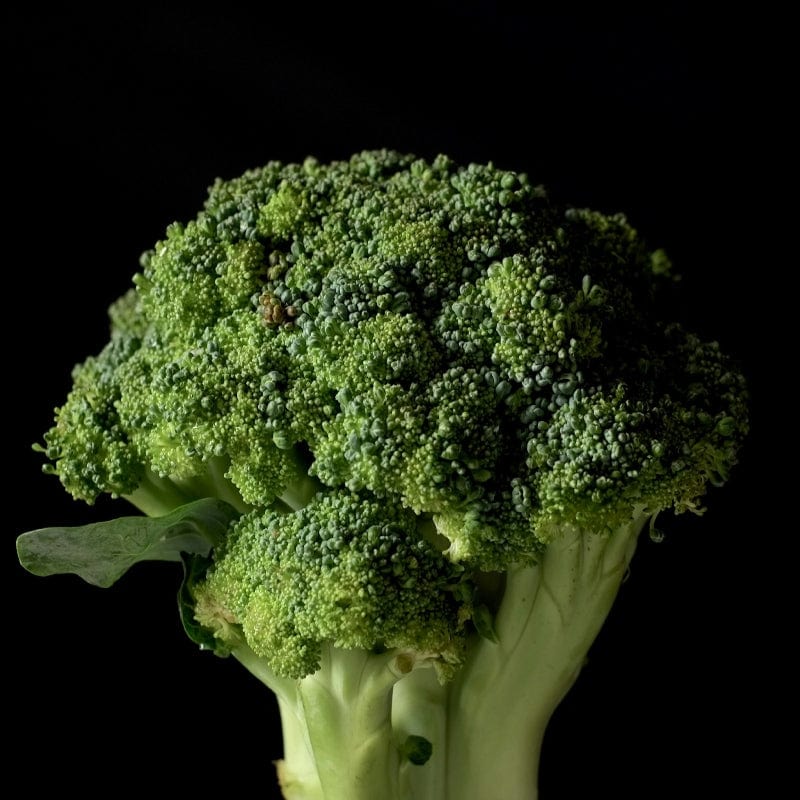
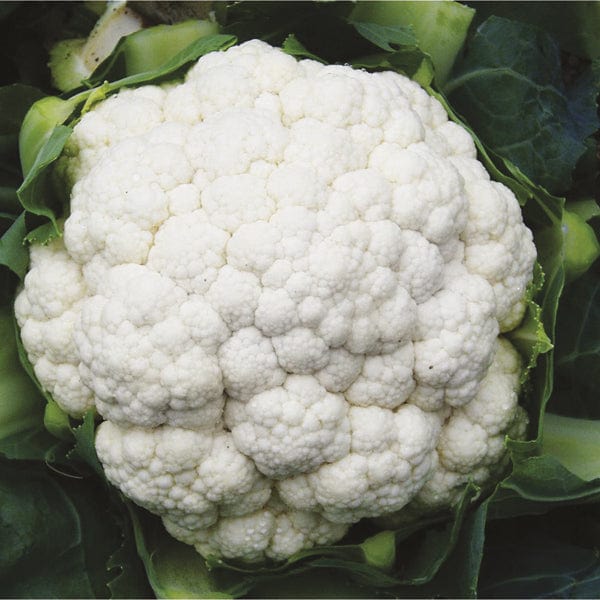
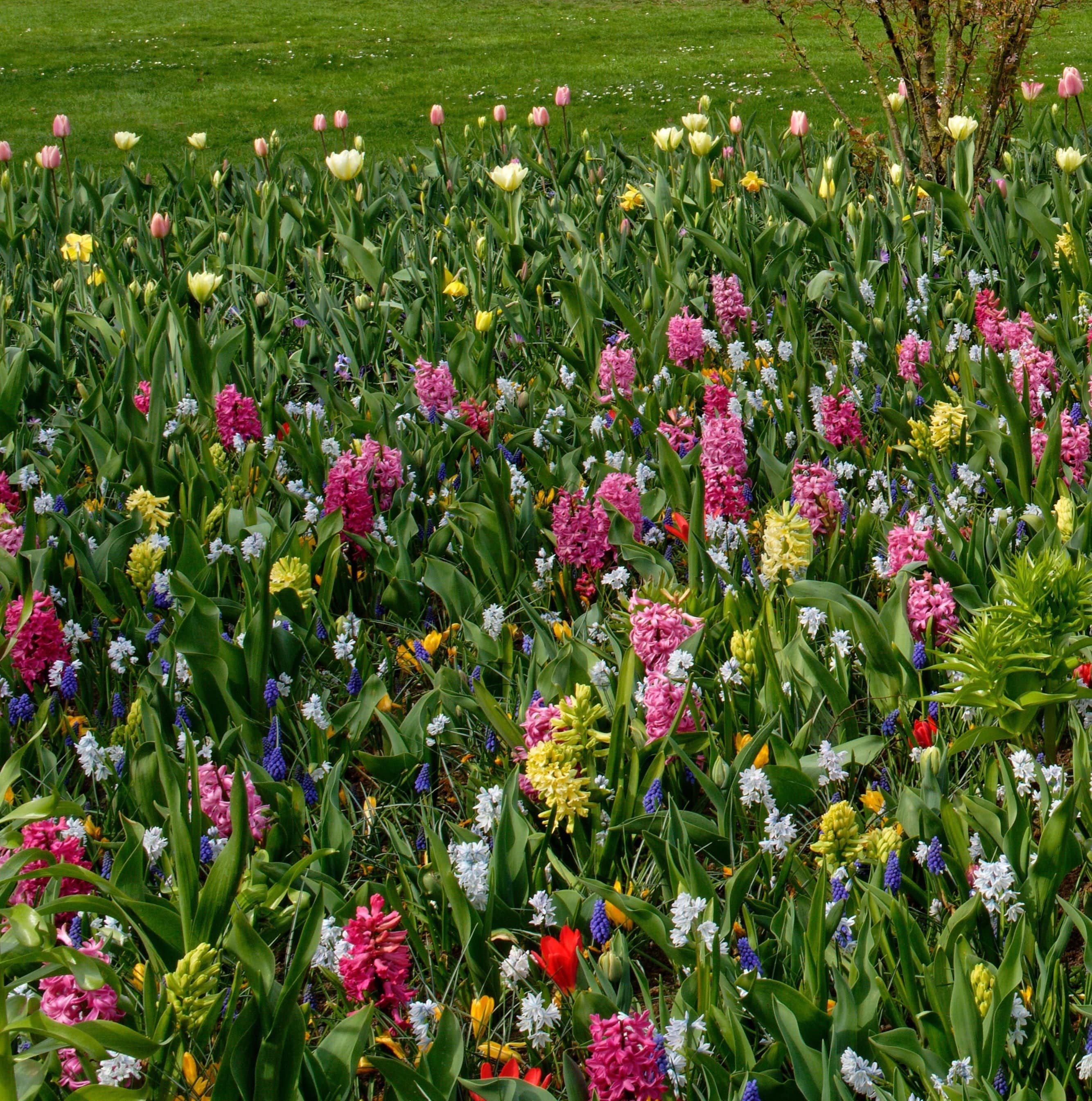
Leave a comment
All comments are moderated before being published.
This site is protected by hCaptcha and the hCaptcha Privacy Policy and Terms of Service apply.